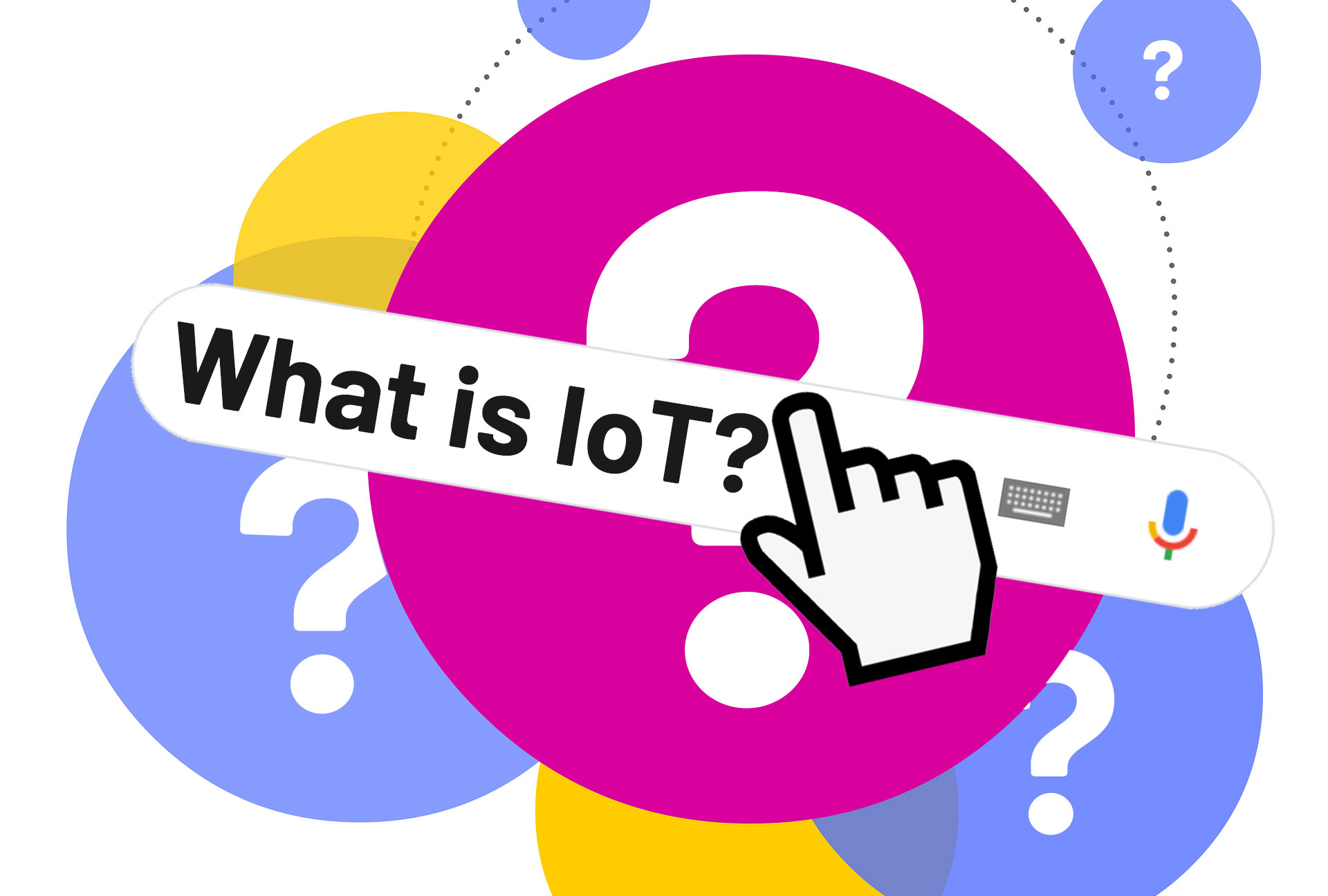This blog is about the topic which I have used multiple times in my four years of Engineering. I still remember the VITEEE counselling day where I chose the stream ECE with specialization in Internet of Things and Sensors, just because I found the term IoT very appealing. At that point, I had no idea what this term means. Even after completing the first semester, when some of my friends used to ask me – Hey, Shivani! What is IoT? I used to answer IoT is the Internet of Things. (though it is not correct)

When I tried to google this question, the answers available seemed a bit technical for me to understand and that only helped me in writing answers during the examinations.
With the help of hands-on-experience and conversations with friends helped me to figure out the answer to this question. We’re already aware of how the internet has revolutionized our day-to-day life. Even right now, if you are reading this post, you must be connected to the internet. Extending the potential of the internet to all the devices present around us is termed as the Internet of Things or “IoT”. Any physical device, if connected to the internet, can be called as an IoT device.
What changes after connecting the device to the Internet?
For a while, think of your “Smartphone” without an internet connection. Does it sound weird? Yes, the Smartphone is now a Cellphone which can be used for calling and texting purposes only. Coming back to reality, you can use your Smartphone to video call; anyone whom you’re missing during this lockdown, listen to your favourite songs, get the recipe for the food you are craving to have, watch movies, play games, and many more things. All these listed activities are possible because you can send data (requesting the access of the recipe present somewhere) and receive information (step-by-step tutorial turned into a perfect dish) with the help of the internet. In a similar way, when physical devices are connected to the internet, they can communicate with each other by sending and collecting data in the vast world of the internet. In short, they become SMART.
What are the Things in the “Internet of Things”?
In the IoT domain, the things which are connected to the internet can be of different types:
- Things that can collect the data and forward it further
To understand this better, think of a situation of a fire accident. The people present there can sense the presence of fire and inform the Fire Brigade team. Similarly, these types of devices or things can also collect the data and will pass it to other devices. In technical terms, such devices are termed as Sensors. The working of these sensors is inspired by the five senses present in humans. We know that how the nose is responsible for the sense of smell, how the skin is responsible for the sense of touch, in a similar way, we have different types of sensors which can sense the physical quantities like temperature, humidity, light, pressure, etc.
For example, the gas sensors that are usually present at the mining sites can detect the presence of hazardous gases.
- Things that can receive the information and take action accordingly
Carrying forward the fire accident situation discussed above, the Fire Brigade team will take steps to control the fire. Similarly, these types of devices can also take the necessary actions upon receiving the information from the sensors.
- Things that can do both
The actual strength of the IoT can be represented by the devices which can collect the data as well as take action accordingly.
Let’s get back to the mining example and think of a system comprising both the gas sensor and the mine ventilation system. The information collected about the presence of hazardous gases by the gas sensors can be used by the mine ventilation system, which will be turned on to dilute the dangerous gases and thus reduce the risk of explosion.
Note that the communication between the gas sensor and the mine ventilation system is possible because both of them are connected to the internet.
According to a report released by Frost and Sullivan, by 2030, the average person will own more than 20 connected devices.
I hope this post will give you a basic understanding of IoT rather than just abbreviating it as the Internet of Things (like I used to do).
Insightful
LikeLike